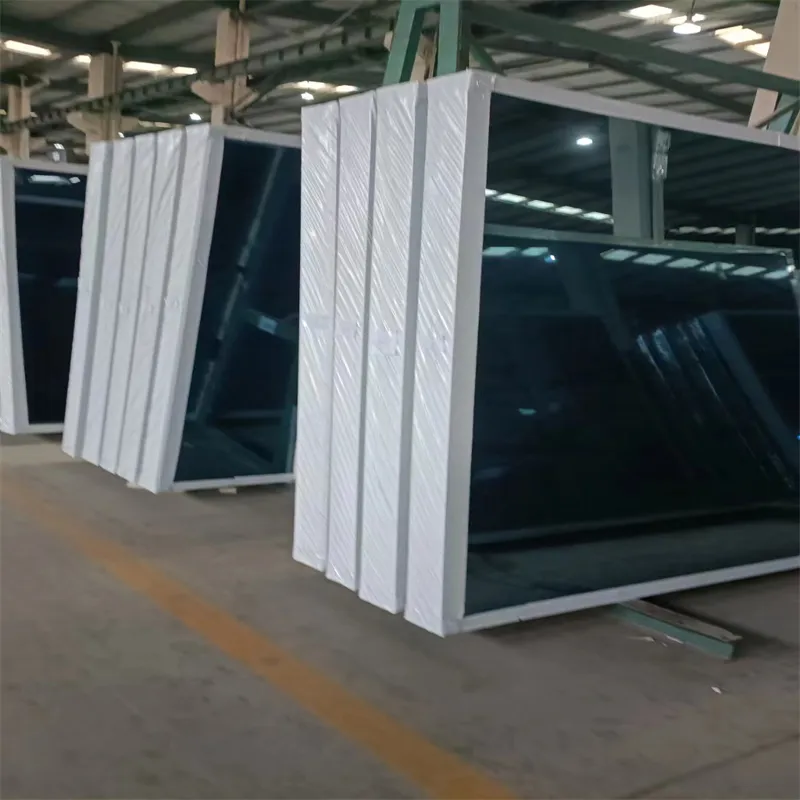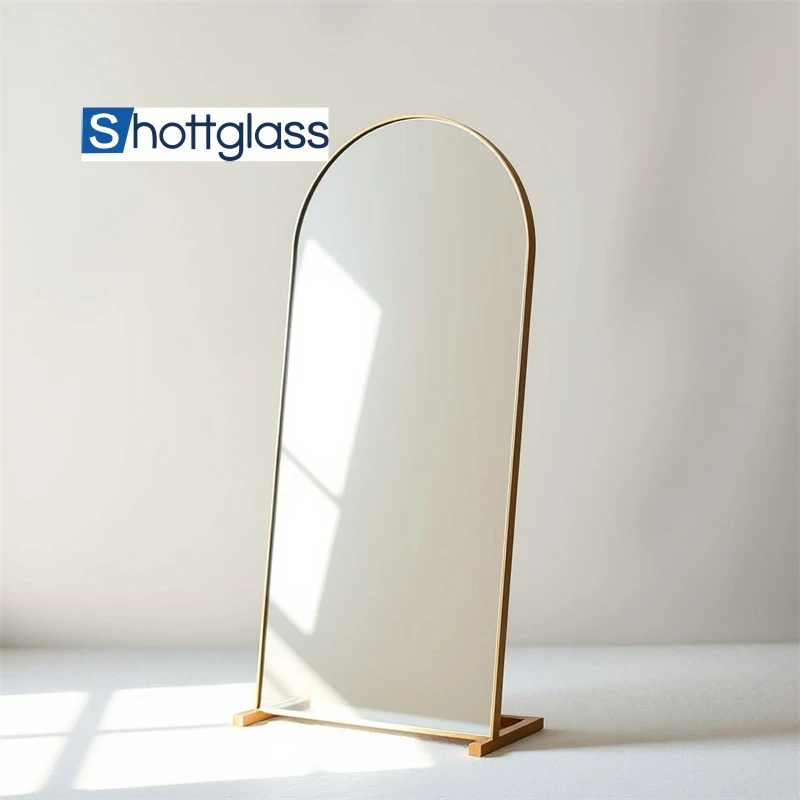Sep . 28, 2024 17:48 Back to list
green reflective glass
The Allure of Green Reflective Glass A Modern Architectural Marvel
In the realm of contemporary architecture, materials play a pivotal role in defining the aesthetics and functionality of buildings. Among these, green reflective glass has emerged as a popular choice for its striking appearance and practical benefits. This article explores the characteristics, advantages, and applications of green reflective glass, shedding light on why it has become a favored material in modern design.
Characteristics of Green Reflective Glass
Green reflective glass is a type of tempered glass that has a distinct green tint, giving it an appealing, vibrant hue. The reflection created by this glass is due to a metallic coating applied on one side, which enhances its ability to reflect light while allowing visibility from the interior. The unique green color is a result of the iron content in the glass, which not only adds to its aesthetic quality but also plays a role in energy efficiency. This glass is typically manufactured in a variety of thicknesses and sizes, allowing architects and designers the flexibility to tailor their projects according to specific needs.
Aesthetic Appeal
The visual appeal of green reflective glass is undeniable. Whether used in commercial skyscrapers, residential buildings, or innovative public installations, the glass provides a modern and sleek appearance. Its reflective surface creates a dynamic interplay with the environment, reflecting surrounding colors, clouds, and landscapes. As the sun moves across the sky, the appearance of the glass changes, creating a living canvas that can enhance the exterior of any structure. This characteristic makes it a desirable option for architects aiming to blend buildings harmoniously into their surroundings while making a bold statement.
green reflective glass

Energy Efficiency and Sustainability
One of the most significant advantages of green reflective glass is its energy efficiency. The reflective coating helps to reduce solar heat gain, which can lead to lower air conditioning costs during hot seasons. By minimizing the amount of heat that enters a building, this glass helps maintain a stable indoor temperature, contributing to overall energy savings. Furthermore, many manufacturers produce green reflective glass using environmentally friendly processes, reinforcing its sustainability credentials. The ability to reduce reliance on artificial cooling and heating systems aligns with the global trend toward greener building practices.
Applications in Modern Architecture
Green reflective glass has found its way into a variety of architectural applications. It is commonly used in office buildings, hotels, and shopping centers, where large glass facades can create an inviting atmosphere while offering energy efficiency. Additionally, it can be used in residential projects, adding a touch of elegance and modernity. Beyond traditional applications, innovative designers have experimented with this material in artistic installations, using its reflective properties to engage viewers and enhance public spaces.
Conclusion
In conclusion, green reflective glass is more than just a material choice; it embodies a blend of style, functionality, and sustainability. Its aesthetic qualities make it a favorite among architects, while its energy-efficient properties appeal to environmentally conscious builders and homeowners. As architecture continues to evolve, the role of materials like green reflective glass will remain integral, shaping the skyline of our cities and the spaces in which we live and work. Embracing this modern marvel not only enriches the visual landscape but also aligns with a future focused on sustainability.
-
The Science of Laminated Glass
NewsAug.29,2025
-
Reflective Glass Facades: Modern Aesthetics and Energy Efficiency
NewsAug.29,2025
-
Mirror Glass: Transforming Commercial Spaces
NewsAug.29,2025
-
Insulated Glass: Energy & Cost Benefits
NewsAug.29,2025
-
Frosted Glass Walls: Modern Partition Solutions
NewsAug.29,2025
-
Blue Coated Glass: Features and Benefits
NewsAug.29,2025
Related PRODUCTS














